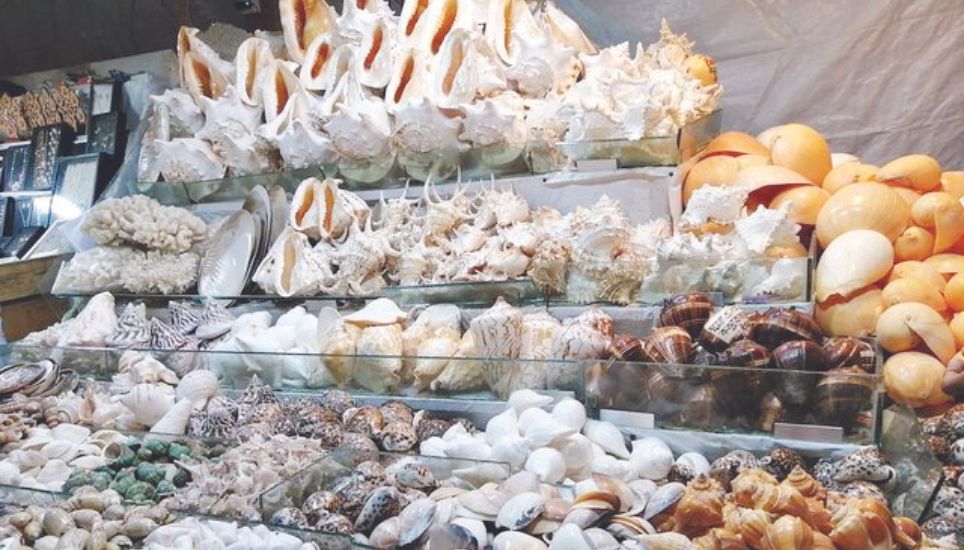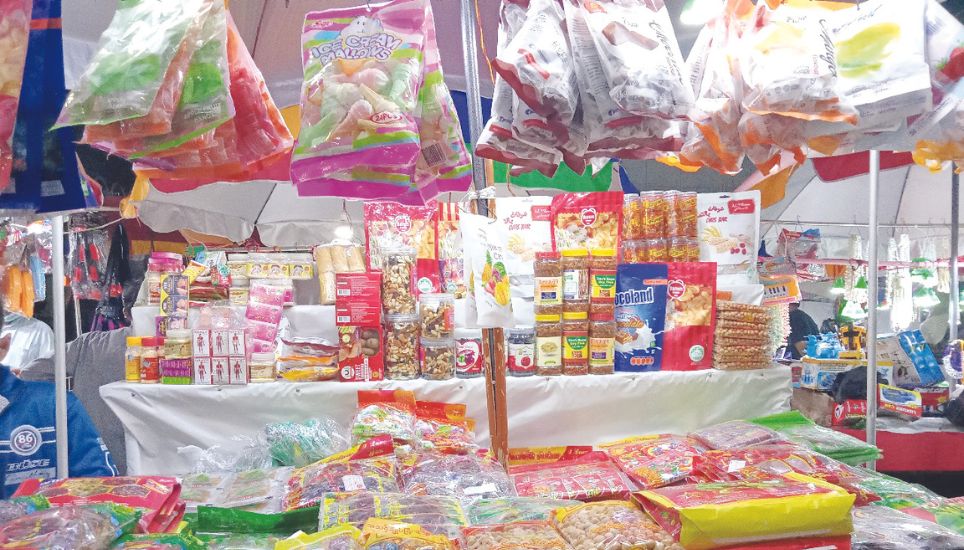
Cox’s Bazar, nestled on the southeast coast of Bangladesh, proudly boasts the world’s longest sea beach, stretching an incredible 155 kilometres. This natural wonder attracts tourists from all corners of the world, each eager to experience the breathtaking beauty and tranquil landscapes.
With golden sands, turquoise waters, and stunning sunsets, Cox’s Bazar offers an idyllic setting for relaxation and adventure, making it a top destination for beach lovers and nature enthusiasts alike.
Beyond the stunning coastline, Cox’s Bazar offers a unique cultural experience through the famous Burmese Market in Tekpara, just four kilometres from the Sadar Upazila. According to locals, there are more than 400 shops in this bustling treasure trove of Burmese goods.

While talking to tourists, it was revealed that from cosmetics to clothes, chocolates, and home decor, a wide variety of products are available in this market at low prices. Moreover, this market is also popular for various kinds of pickles (Achar). The products, starting from Tk 10 to Tk 500, cater to all.
The shopping experience cannot be contained as ‘just a retail experience’, it is, however, a journey through the experience of how the process encompasses the beliefs, customs, traditions, and art forms that define this vibrant coastal town. During the tourist season (November to February), the shop owners’ daily sales range from approximately Tk 30,000 to Tk 50,000.
Beyond the Tekpara Burmese Market, Cox's Bazar hosts other options like the Karim Burmese Market, Abu Centre, Saikat Tower, Banu Plaza, Amena Shopping Complex, Umme Burmese Market, Saudia Burmese Market, An Nahar Shopping Complex, Alochaya Shopping Complex, Rukia Burmese Market, Chowdhury Shopping Complex, among others.
These markets offer a variety of Burmese goods, including pickles, nuts, candies, dried fruits, cosmetics, jewelleries, seashells, and hand-woven textiles. Dried fish (Shutki) is available here as well at reasonable prices.
An interesting aspect of these markets is that most of the stores are operated by women, dressed up in traditional Burmese attires to attract tourists.
These unique cultural exchanges result in the fact that it is almost unthinkable for a tourist to visit Cox's Bazar and not explore the Burmese stores.
Sabina Khatun, a tourist, shared, "We bought clothes, some pickles, and an ointment for headaches from here."
Another tourist, Zakir, from Tangail, added, “Cox's Bazar has a lot of pickle varieties. I also like the Burmese bags and shoes, so I bought some for myself and my family.”
The genesis
In 1962, Unang, an enterprising Rakhine woman, set up a small display of locally produced Rakhine handicrafts such as bed sheets, shoulder bags, locally-made cigars, men's lungis, and a few knick-knacks in her home next to a Burmese primary school in Tekpara. Both Bangladeshi and foreign tourists visiting Cox's Bazar flocked to her display, marking the introduction of what would become the recognised array of Burmese stores.
Realising the tourists’ needs, Unang opened a commercial store named "Cox's Bazar Cottage Industries" in front of her house. This inspired the development of other stores like Tin Tin Burmese Store, Rakhine Store, Ume Store, Noorani Emporium, and BiBi Fashion Diamond Store, collectively known as the Burmese stores.
Although, there were no Burmese products in these stores initially, they soon began to stock items like lungis, thamis, sandals, pickles, traditional dresses, snekha (a type of decoration), various stones, and Burmese handicrafts made from wood and snails. Thus, the name "Burmese store" became truly representative of its offerings.

The evolution and challenges
Over time, the range of products in the Burmese stores increased, but traditional handloom products of the Rakhine people have started to disappear amidst the modernised goods, with original Burmese products being overshadowed by an abundance of Chinese items.
Although a limited number of Burmese products are still seen in these stores today, tourists’ attraction towards these once vibrant stores have decreased, leading to a decline in sales.
The concept of Burmese stores, introduced by a limited number of Rakhine women entrepreneurs, has now expanded to hundreds of stores without the actual abundance of Rakhine or Burmese products.
Orang Marma, a seller at a local Burmese market, said, “We used to sell our own handmade products. But now there are many shops that sell Chinese products claiming that those are Burmese. Which is just plain fraud. Because of them, tourists now consider our original products fake.
“Our handmade products are slightly more expensive. But we try to keep the prices as low as possible. There are some shopkeepers who try to cheat. But not all are the same,” she added.
Many Muslim-Hindu businessmen have built shopping malls, establishing them as Burmese stores or markets, are now the largest in number. A few Rakhine traders still operate some Burmese stores, but its challenging to find a mainstream Burmese store in its originality.
Nevertheless, the Burmese markets of Cox's Bazar still remain famous. The word of this market has spread abroad, and domestic and foreign tourists still cherish the memories and souvenirs from these markets.
Despite the changes, the Burmese market continues to be a significant cultural landmark in Cox’s Bazar, embodying a rich history and vibrant cultural heritage.